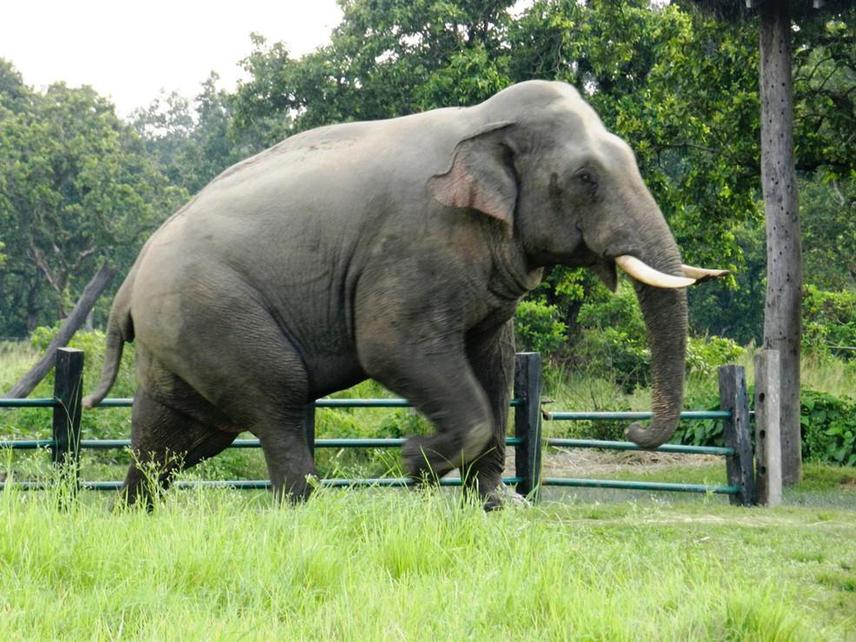Raj Kumar Koirala
Other projects
11 Sep 2014
Diet, Nutrition and Movement Pattern of Asian Elephant (Elephus maximus) in Nepal
17 Jan 2017
Diet Composition and Macro-Nutrient Prioritization of Migratory Elephants in Eastern Nepal
The project is anticipated to bring insight into the problem of crop raiding as a major cause of Human elephant conflict through the application of a new nutrient-focussed perspective to understand how plant nutrients influence the distribution and habitat requirements of the Elephants.

Elephant–human conflict has emerged as one of the biggest conservation issues in Nepal and presents an urgent challenge for governments and policy makers. Annually, the elephants cause millions of Rupees worth of damage to agricultural crops and property, and many human casualties result from this conflict. In a period of five years (2003 to 2007) 20 people have died due to elephant attacks and in retaliation 12 elephants were killed in 2006 (DNPWC 2008). The most important context for elephant-human conflict, and the associated risk to human life, is crop raiding by elephants. It is believed that cultivated crops are more palatable and nutritious than wild forage (Sukumar, 1989), but no study has substantiated this by comparing the composition of natural forages and agricultural crops with the nutritional priorities of elephants. Doing so will help to understand why elephants raid crops (is it due to the quality of crops, or just the quantity), to predict the circumstances in which crop raiding will occur, and to optimise the conservation of habitat to avert this damaging interaction with humans.
Despite the tremendous effort to conserve and manage Asian Elephants, little is known about the actual ecological factors responsible for the sustainable population survival, growth and management. There have been several studies suggesting that nutrition, in particular minerals may be important in influencing elephant population sustainability (Milewski 2000, McNaughton et al. 1997), but studies that systematically quantify the nutritional priorities of elephants have not been performed. Recent developments in nutritional ecology, specifically multi-dimensional graphical approaches collectively called nutritional geometry (Raubenheimer et al. 2009, Raubenheimer 2011); provide a powerful tool for such analyses. Published examples of the application of nutritional geometry to endangered species include a theoretical study of supplementary feeding in the highly endangered New Zealand parrot, the kakapo (Raubenheimer and Simpson 2006), and field studies of Peruvian spider monkeys (Felton et al. 2009) and mountain gorillas (Rothman et al. 2011). There are also numerous laboratory studies that demonstrate the power of multi-dimensional nutritional analyses (reviewed in Raubenheimer et al. 2009, Simpson and Raubenheimer 2012).